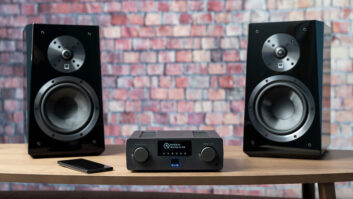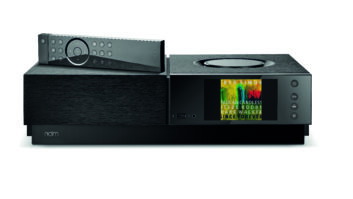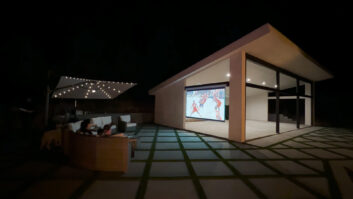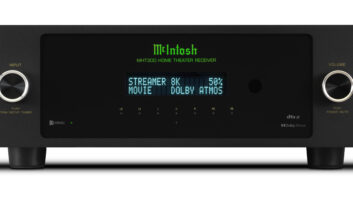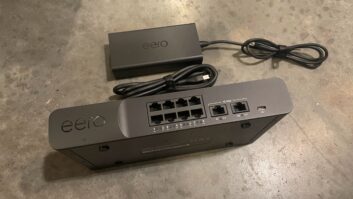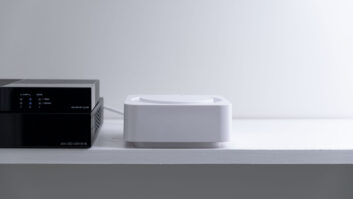Most long-distance wireless power systems today lose as much as 50 percent of their energy into thin air. Couple that with the relatively short distances that wireless power solutions demand from transmitter to receiver, and it’s no mystery why we’re still tethered to the wall. That being said, wireless power will transform our industry over the next 10 years, so it’s important to begin proactively planning to leverage its opportunities for your business.
Among recent developments, the Qi (pronounced “Chee”) initiative features wireless power via devices with built-in Qi receivers physically mating with Qi Transmitters (the Apple Watch uses a Qi variant). That’s still a far cry from hanging a TV or speaker on the wall wirelessly, but some of the recent developments in the power-broadcasting world by companies like Power-cast are starting to improve power transmission efficiency and distances. When coupled with the lower power demands of today’s portable electronics, slinging power across the room feels closer than ever.

Henry Clifford is president of Livewire, an integration firm in Richmond, VA. He also writes a bi-monthly blog for www.residentialsystems.com.
Because wireless power is an emerging technology and inherently prone to signal interference, watch for anything powered wirelessly to contain a battery as part of the power supply scheme. If you thought electronics had planned obsolescence before, wait until we start dealing with batteries soldered onto the circuit boards of TVs, cameras, and speakers all failing.
Think of installations where you can’t run a wire. Wireless power has tremendous potential for audio, video, and computer networking applications. How will home technology integrators benefit? Initially, consumers will want to understand more about wireless power and put to bed any fears that health risks could present themselves. Look for a few solid years of mobile device charging in the home and vehicles before the average consumer is ready to make the leap to high-voltage RF zooming around their homes. As always, while the middle market will likely continue its trend of going DIY, the high end will still happily pay a premium for services wrapped around wireless power solutions.
Here are some common system installations we find ourselves offering and their potential areas of opportunity as mainstream wireless power draws near:
Single- or Multi-Room AV: Hang the TV anywhere. Go back and sell your clients solutions in previously “un-installable” rooms. Get creative with speaker placement. Imagine flexible displays that can exist in the middle of rooms previously off limits because of the need to run a wire there.

Because wireless power is an emerging technology and inherently prone to signal interference, watch for anything powered wirelessly to contain a battery as part of the power supply scheme.
Lighting Control: Design solutions in slab-built environments allowing the easy installation of low-voltage fixtures into the walls or ceilings without Romex or low-voltage wiring. Most lighting is heading toward low-voltage LED. The quicker we start implementing low power consumption technologies, the easier it will be to pivot into wireless power. Today’s wireless roller shade solutions will excel far beyond their current capabilities with wireless power.
Computer Networking: Wireless networking will become even easier to design with the ability to place WAPs where it makes most sense. Provide your clients wireless charging options during new construction to eliminate cord clutter in the kitchen.
Security: Perhaps instead of changing batteries in security systems every seven to 10 years, we might see longer-life wireless receivers. Gone will be the days of needing to change the door lock or smoke detector batteries every six months.
Mobile: There are already manufacturers like GM and Toyota offering wireless charging in their vehicles. As more vehicles go electric (think Tesla Model S), wireless vehicle chargers will become more popular as garage accessories. Companies like Evatran & Fulton Innovations are offering drive-over solutions embedded in the floor that will automatically charge an EV when it’s in the garage.
The entire wireless power industry is projected to reach $13 to 17 billion by 2020, with a current compounded annual growth rate of 51 percent. It’s still early days, but with a growth rate like that, it’s going to be sooner rather than later when wireless power moves from magic to mainstream. Will you be ready?
Stay frosty and see you in the field.
